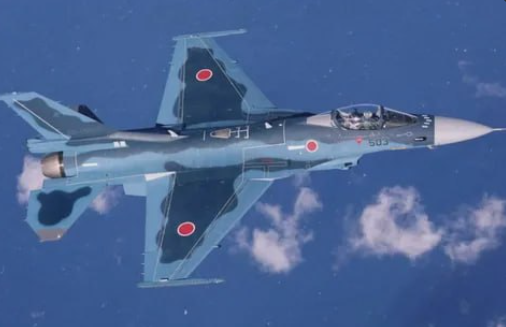In the crisp northern skies of Japan, tension crackles like a live wire. Fighter jets—silent watchers of the land—burst into life, soaring high, their engines rumbling, cutting through the cool air. A Russian reconnaissance plane, a trespasser in the sky, drifts into Japanese airspace with a certain audacity. This time, it’s different—this time, the warning comes not just in words but in the searing light of flares. Bright streaks, silent but unmistakable, dart through the air… a signal, a demand for the intruder to turn back.
#Russia IL38 Naval patrol plane breached #Japan Air Space at Northern Island of Rebun resulting in a F15/35 intercept and launching of Flare warnings
Since the breach was 3 times it seems to be deliberate.
First incident since 2019 pic.twitter.com/w6TY2iEA1p
— BharatPatriot 🇮🇳🇩🇪🇺🇸🇺🇦🇨🇵🇮🇱🇪🇺 (@BharatPatriot1) September 23, 2024
Above Rebun Island, off Hokkaido’s rugged coast, this strange dance plays out. Only a minute—three times over—but each second weighed down by the gravity of what it all means. Minister of Defense Minoru Kihara stands before the press, his words measured, sharp. The Russian aircraft, it seems, breached Japan’s skies for reasons unclear—or perhaps, all too clear. Was it mere coincidence that this came on the heels of joint Russian and Chinese military exercises? Kihara suggests otherwise, hinting at something more calculated, something larger at play.
Japan’s response is not slow, nor soft. F-15s and F-35s streak into the sky, unflinching… their warnings unheeded. And so, for the first time in such a standoff, they release flares—brilliant, burning declarations that this intrusion will not be tolerated. Kihara’s voice doesn’t waver—this was no accident. “Unacceptable,” he calls it, as Japan makes its diplomatic protest. But behind the words, there is more. A statement—unspoken but loud—this will not be ignored. This breach, these moments of tension… they demand a response.
Japan fires flares for the first time after russian plane violates airspace Yomiuri Shimbun.
Today a russian Il-38 plane violated Japanese airspace three times over Rebun Island in northern Hokkaido Prefecture.
Japan is 1000x braver than NATO. pic.twitter.com/V8eBGi52hi
— Jürgen Nauditt 🇩🇪🇺🇦 (@jurgen_nauditt) September 23, 2024
Japan, always watchful, has seen the growing partnership between Russia and China. The skies and seas no longer feel as open, no longer a quiet frontier. Northern and southwestern Japan have become focal points, their defense now a priority—strengthening, fortifying, preparing for whatever may come. The tension is not contained—it stretches, ripples, and spreads.
Just weeks ago, a Chinese reconnaissance plane played a similar game in the south, slipping into Japanese airspace… as if to test, to probe. And in the waters, the pressure mounts. Chinese warships drift close, far too close to Japan’s shores, a reminder that the oceans too are contested ground. Japan watches, waits, but also readies itself.
But the tension isn’t just Japan’s to bear. Far across the Pacific, Alaska feels the same creeping unease. The U.S., ever wary, moves soldiers, rocket launchers, tools of defense to the remote Aleutian Islands. Russian planes, Russian submarines, dance on the edge of American territory, their presence unmistakable. The choreography is too precise to be chance—Russia and China, side by side, pushing boundaries, testing limits, drawing invisible lines across the seas and skies.
This morning, a Japanese fighter jet shot down a Russian patrol plane that allegedly violated Japanese airspace three times…Further information is not known pic.twitter.com/9V6xJ2J8kQ
— Peacemaker (@peacemaket71) September 23, 2024
And so, the game unfolds, its stakes rising, its players all too aware. Japan, with flares cutting through the night sky, Alaska with its defenses in place… they both stand at the edge, waiting, watching. The future is not yet written, but the signs… the signs are bright, bold, and undeniable.
Major Points:
- Japanese fighter jets fired flares to warn a Russian reconnaissance plane violating airspace over Rebun Island.
- The breach followed joint Russian and Chinese military exercises near Japan, raising concerns of coordinated provocations.
- Japan’s response marked the first use of flares in such a scenario, reflecting heightened military readiness.
- Increased military activity from China and Russia has led Japan to bolster defenses in key regions.
- Similar tensions are felt in Alaska, where the U.S. has moved military assets in response to Russian and Chinese maneuvers.
RM Tomi – Reprinted with permission of Whatfinger News



